
Hardware Components1. Touchscreen Display: Provides an intuitive and interactive user interface. 2. Card Readers (RFID, Magnetic Strip): Facilitates secure access control and payment processing. 3. Printers (Thermal, Laser): Prints receipts, tickets, documents, and more. 4. Scanners (Barcode, QR Code): Allows for quick data entry and inventory management. 5. Cameras: Used for photo ID creation, facial recognition, and security. 6. Payment Modules (Cash Acceptors, Coin Dispensers): Handles cash transactions and provides change. 7. Networking Components: Ensures connectivity with backend systems and the internet for real-time data exchange. | Software Components1) Front end user system: the interface through which customers interact with the kiosk. 2) Backend management system: manages the data and operations behind the scenes. 3) Order processing and payment system: handles the transaction process from order placement to payment. 4) Data analysis and reporting: collects and analyzes data to provide insights into operations and customer behavior. 5) Security and permission management: ensures the system and customer data are secure. 6) System Settings and Configuration: allows customization and configuration of the kiosk system to suit specific needs. |
1. Identify Requirements: Define the primary functions and user interactions needed for your kiosk. Consider the specific needs of your business, such as payment processing, information dissemination, or customer registration.
2. Select Hardware Components: Choose appropriate hardware based on your requirements. This includes touchscreens, payment systems, barcode scanners, printers, and other peripherals necessary for the kiosk's functionality.
3. Design the Interface: Develop a user-friendly software interface that is intuitive and easy to navigate. Ensure the software integrates seamlessly with your existing systems, such as CRM or inventory management.
4. Customize the Aesthetics: Incorporate your brand’s logos, colors, and graphics into the kiosk design. This helps maintain a cohesive brand identity and ensures the kiosk aligns with your overall branding strategy.
5. Ensure Accessibility and Durability: Design the kiosk to be accessible to all users, including those with disabilities, by following ADA guidelines. Select durable materials suitable for the intended environment, whether indoor or outdoor.
6. Test and Deploy: Conduct thorough testing of both hardware and software to ensure the kiosk operates smoothly. Address any issues that arise during testing. Once finalized, deploy the kiosks to their intended locations and monitor performance to ensure they meet business objectives.
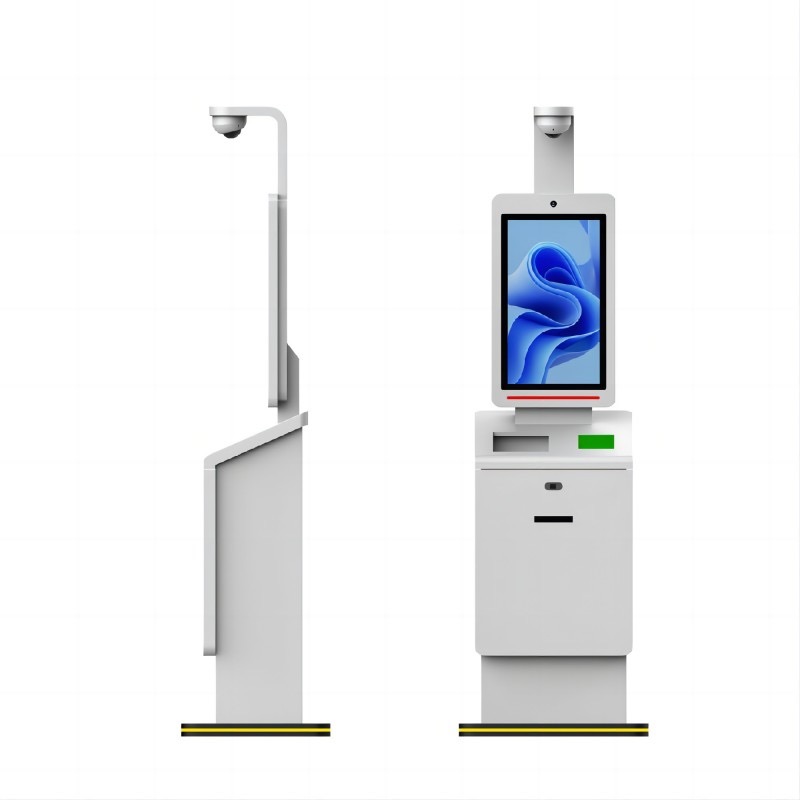
1. Enhanced Customer Experience: Custom kiosks provide a user-friendly and efficient way for customers to access services, reducing wait times and improving overall satisfaction.
2. Increased Operational Efficiency: By automating routine tasks such as check-ins, payments, and information dissemination, custom kiosks streamline operations and free up staff to focus on more complex tasks.
3. Brand Consistency: Customization allows for the incorporation of brand-specific logos, colors, and designs, ensuring a cohesive brand presence and reinforcing brand identity.
4. Flexibility and Scalability: Custom kiosks can be tailored to specific business needs and easily updated or expanded to adapt to changing requirements and growing demands.
5. Cost Savings: Over time, custom kiosks reduce labor costs by automating manual processes, leading to significant savings and a faster return on investment.
6. Improved Data Collection: Custom kiosks can gather valuable customer data and feedback, providing insights that help businesses improve their services and make informed decisions.
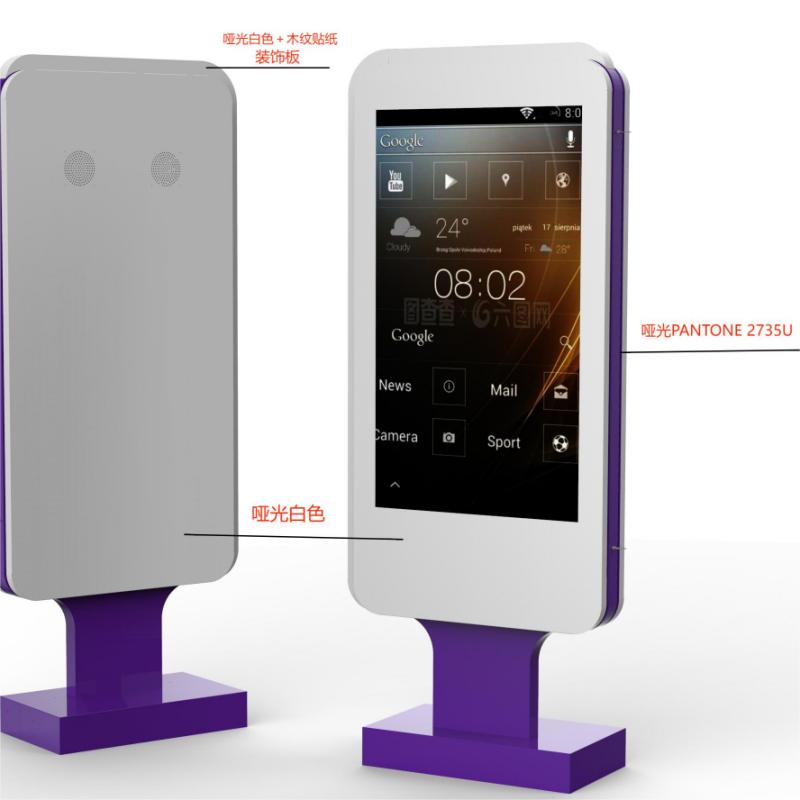
Custom kiosks are the optimal solution when your business has unique requirements that standard kiosks can't fulfill. They are ideal for specialized functions, such as integrating advanced payment systems, custom software applications, or unique peripheral devices like biometric scanners. Custom kiosks are essential for maintaining a strong brand presence, as they can be tailored with specific logos, colors, and design elements. They are also suitable for challenging environments, ensuring durability and reliability with weatherproofing features. Moreover, custom kiosks can seamlessly integrate with existing systems, such as CRM or inventory management, enhancing operational efficiency. When accessibility needs must be met, custom kiosks can be designed to comply with ADA guidelines, providing a user-friendly experience for all customers. By choosing custom kiosks, businesses can address specific challenges, improve customer satisfaction, and gain a competitive edge through tailored, innovative solutions.
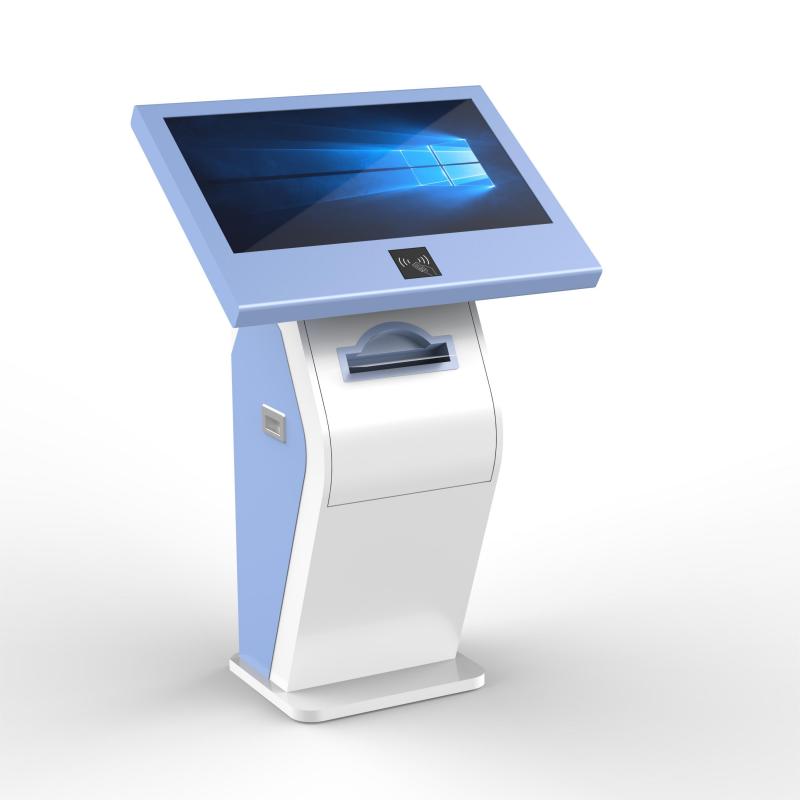
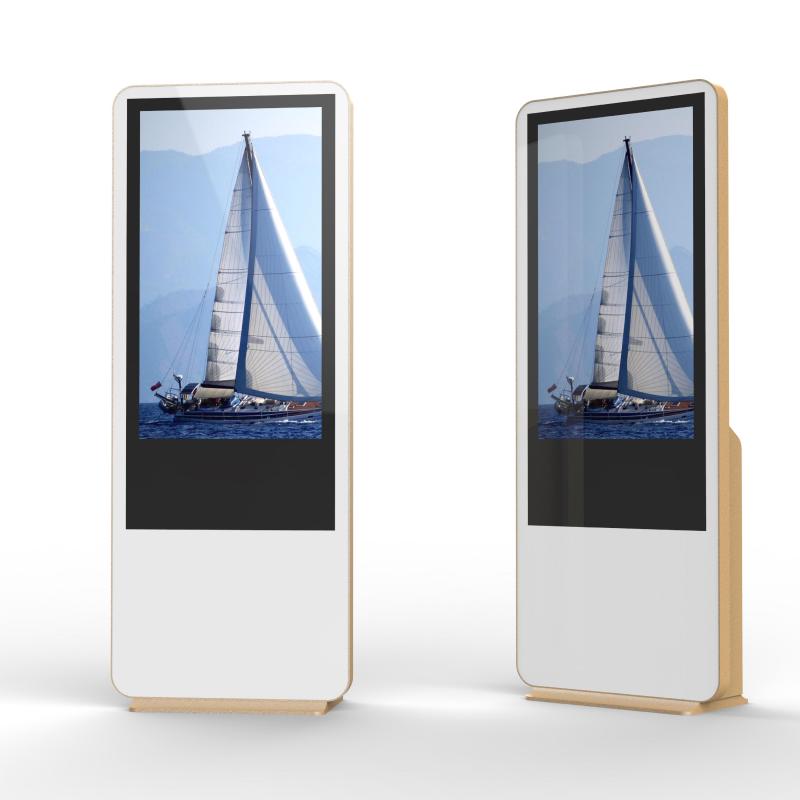
1. Purpose and Functionality: Clearly define the primary tasks and interactions required for the kiosk to ensure it meets specific business needs effectively.
2. Hardware Selection: Choose appropriate components such as touchscreens, payment systems, and barcode scanners based on the kiosk’s intended functions and environment.
3. Software Integration: Ensure the kiosk's software integrates smoothly with existing systems, like CRM or inventory management, to enhance operational efficiency.
4. User Interface Design: Develop an intuitive, user-friendly interface that facilitates easy navigation and interaction, improving overall user experience.
5. Branding and Aesthetics: Customize the design to include branding elements such as logos, colors, and graphics to maintain a consistent brand identity.
6. Durability and Accessibility: Select durable materials suited to the environment and design the kiosk to be accessible, adhering to ADA guidelines for inclusivity.
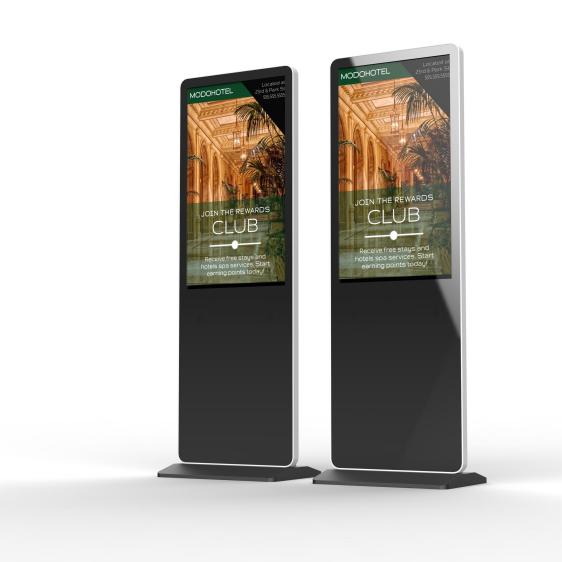
Technology:Advanced Hardware: Custom kiosks incorporate state-of-the-art hardware components, including high-resolution touchscreens, robust processors, secure payment systems, barcode scanners, and RFID readers. These components are chosen based on the specific needs of the application, ensuring optimal performance and reliability. Software Integration: The software is designed to seamlessly integrate with existing business systems, such as CRM, ERP, and inventory management systems. Custom applications can be developed to provide tailored functionalities, from user interfaces to backend processes, enhancing the kiosk’s capabilities. Connectivity: Custom kiosks often feature multiple connectivity options, including Wi-Fi, Ethernet, and Bluetooth, to ensure reliable data transfer and communication with other devices and systems. Security Measures: Advanced security technologies, such as data encryption, secure access controls, and surveillance integration, are implemented to protect user data and prevent unauthorized access to the kiosk. Remote Management: Custom kiosks can be equipped with remote monitoring and management capabilities, allowing administrators to perform updates, troubleshoot issues, and gather usage data from a central location. | Design:User-Centric Interface: The design focuses on creating an intuitive and user-friendly interface that simplifies navigation and interaction. This includes clear instructions, large icons, and responsive touchscreens to accommodate users of all ages and abilities. Brand Customization: The kiosk design incorporates brand elements such as logos, colors, and graphics to ensure a cohesive brand presence. This customization helps to reinforce brand identity and create a familiar user experience. Ergonomics and Accessibility: Ergonomic design principles are applied to make the kiosks comfortable and easy to use. Accessibility features, such as adjustable height, braille touchpoints, and voice commands, are included to comply with ADA guidelines and make the kiosk accessible to all users. Durability and Suitability: The kiosks are constructed using durable materials that can withstand heavy usage and harsh environmental conditions, whether they are placed indoors or outdoors. Weatherproofing and tamper-resistant features are also considered in the design. Modular and Upgradable: Custom kiosks are often designed with a modular structure, allowing for easy maintenance, repairs, and future upgrades. This flexibility ensures that the kiosk can adapt to evolving technological advancements and changing business needs. |
What did our happy clients say?
We are extremely pleased with our custom kiosks! The seamless integration with our existing systems has streamlined our operations, and the intuitive interface has greatly improved our customer experience.
The custom design perfectly matches our brand identity, and the durability of the kiosks is impressive. Our customers appreciate the accessibility features, and we've seen a significant increase in user satisfaction.
Our custom kiosks have revolutionized the way we interact with customers. The advanced hardware and user-friendly software make transactions effortless, and the support we received during implementation was top-notch.
Investing in custom kiosks was a fantastic decision. They are not only visually appealing and on-brand but also incredibly functional and secure. Our team and customers are thrilled with the enhanced service quality.